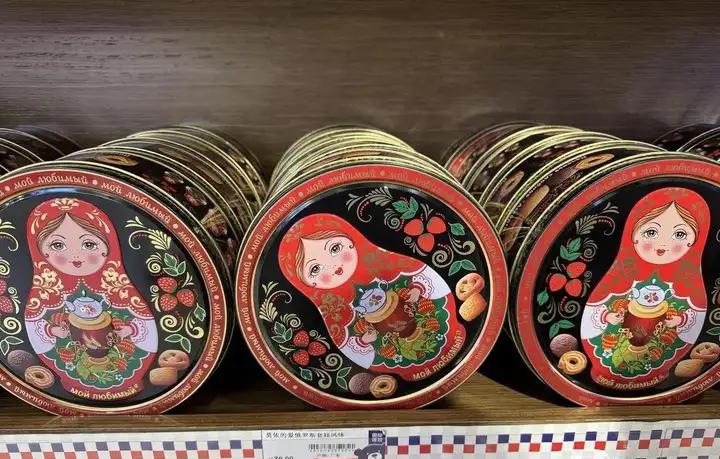The Rise and Reality of Russian Product Shops in China
Russian-style retail stores are rapidly expanding across Chinese cities, with claims of 65% profit margins. However, investigation reveals many products are actually made in China using Russian-style branding, raising questions about authenticity.

The recent proliferation of Russian-themed retail stores across major Chinese cities has captured significant attention, with some locations reporting ambitious expansion plans of up to 73 new stores per month. These shops, adorned with Cyrillic text and Russian cultural elements, market themselves as purveyors of authentic Russian imports. However, a closer examination reveals a more complex reality behind their meteoric rise.
Behind the Russian facades, many products sold in these stores are actually manufactured in China’s northeastern provinces, particularly Heilongjiang. While some items like vodka, honey, and chocolates are genuine Russian imports, staples such as sausages, bread, and dairy products are often produced domestically using what retailers describe as “Russian techniques and flavors.”
The business model’s profitability stems from several factors. The significant depreciation of the Russian ruble has created favorable exchange rate conditions. Store operators can leverage currency arbitrage opportunities between the Chinese yuan, Russian ruble, and US dollar to generate substantial margins. Some stores report profit margins reaching 50-65%, with initial investment recovery possible within 3-6 months.
The franchise model has proven particularly attractive to entrepreneurs. One prominent chain, Russian Bear, charges a franchise fee of 200,000 yuan per district, with individual store setup costs around 500,000 yuan. The rapid expansion has led to over 60 stores nationwide, with plans to reach 150 by year’s end.
Legal experts note potential concerns about consumer protection. While stores typically disclose product origins on labels, the prominence given to Russian branding could mislead customers who don’t examine details carefully. Chinese law requires clear disclosure of product origins and prohibits deceptive marketing practices.
Store operators defend their practices, explaining they maintain transparency through proper labeling and verbal disclosure when asked. Many argue they are providing authentic Russian-style products using a combination of imported ingredients and local manufacturing, meeting consumer demand for Russian flavors at accessible prices.
Industry observers suggest this trend may face challenges ahead. As the novelty fades and consumers become more discerning, stores will need to compete on quality rather than just Russian branding. Additionally, domestic production capabilities and changing consumer preferences may impact long-term sustainability.
The phenomenon reflects broader shifts in Chinese retail, where imported products must increasingly compete with domestic alternatives on both quality and price rather than relying solely on foreign branding appeal. These Russian-themed stores represent an interesting case study in how cultural affinity, business opportunity, and consumer expectations intersect in China’s evolving retail landscape.